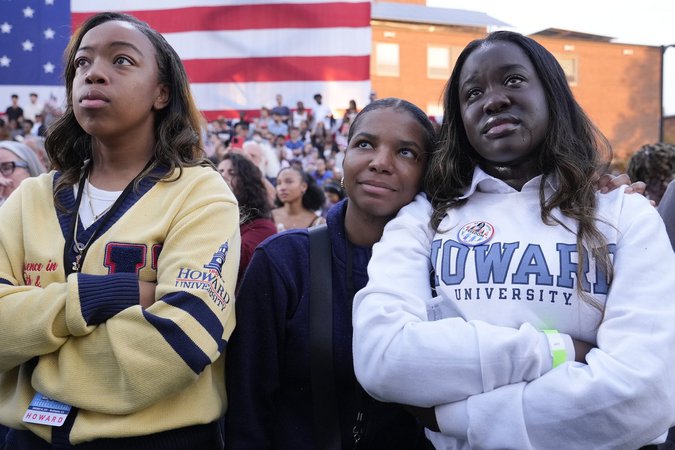
What the U.S. election says about how American women cast their ballots
WASHINGTON — As Kamala Harris made her final speech of the U.S. election campaign, conceding the race to president-elect Donald Trump, many women in the crowd at her alma mater in Washington had tears running down their faces.
The disappointment was palpable. Supporters talked about feeling betrayed by an American population who they believe voted against bodily autonomy and dismayed that another woman could lose to Trump.
“Lining up to give up their rights,” Nadine Seiler, 59, said at Howard University on Wednesday. “I don’t have an answer for it. I would never do it. And I don’t have an explanation for it.”
Harris was in a difficult battle, taking the helm of the Democrats’ ticket little more than three months before election day. President Joe Biden removed himself after a disastrous debate performance against Trump, and with polls showing he had diminishing support from a divided America upset by inflation and immigration.
